The model was introduced at the conference “Digital transformation towards green agriculture and sustainable development”, co-organized by the Ministry of Agriculture and Rural Development and the United Nations Development Programme (UNDP) on August 17, in Hanoi.

"Carbon footprint" is understood as the amount of greenhouse gases emitted during the production process to create a unit of product (calculated as CO2/kg of product). Determining the carbon footprint and the main sources of emissions in the dragon fruit production process is the basis for assessing and proposing solutions to reduce greenhouse emissions towards green production. According to Mr. Nguyen Duc Tri, Deputy Director of the Binh Thuan Provincial Agricultural Extension Center, the whole province currently has nearly 28,000 hectares of dragon fruit growing area, with an output of about 600,000 tons/year. Of which, the amount of fruit consumed in the domestic market accounts for only 10-15%, the rest is for export.
Within the framework of the Project “Promoting private investment in low-carbon agriculture and climate change response, contributing to the implementation of Vietnam's Nationally Determined Contribution (NDC), the Provincial Agricultural Extension Center has guided farmers to apply digital technology in monitoring and calculating carbon footprints in real time.
This is an important tool for local manufacturers and businesses in Vietnam to monitor and manage their supply chain greenhouse gas emissions and avoid unnecessary barriers when exporting to high-value markets, such as the European Union (EU) which is about to apply a cross-border carbon adjustment mechanism. In addition, this activity also responds to the Vietnamese Government's commitment to reduce greenhouse gas emissions.
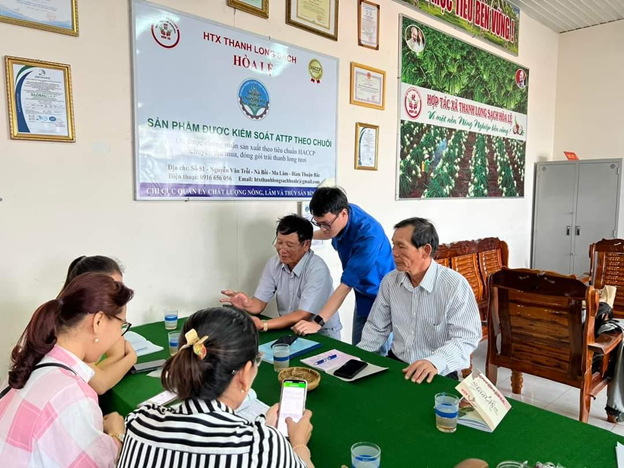
By identifying emission activities in the production chain of all four farming methods: GlobalGap, Organic, VietGap and traditional, cooperatives and dragon fruit farmers can determine the amount of greenhouse gases emitted into the environment, and at the same time, apply appropriate solutions to reduce greenhouse gas emissions. For example: Switching from compact bulbs to LED lights helps reduce up to 68% of emissions from electricity use; improving the efficiency of fertilizer use; intercropping woody plants on embankments, boundaries, and gaps helps reduce emissions on the farm by 20-45%...
According to Mr. Patrick Haverman, Deputy Resident Representative of UNDP in Viet Nam, a digital carbon traceability system has been established for two of Viet Nam’s major exports, dragon fruit and shrimp. This tool is essential for local authorities, businesses, producers and consumers in a green economy where compliance with “green” standards has become the new trend. Technology can promote advanced, climate-smart business practices and ensure sustainable livelihoods for local farmers, thereby paving the way for a greener, more prosperous Vietnamese agriculture in the future.
Experts say that in Vietnam, digital infrastructure in rural areas has not yet met development requirements. The scale of digital transformation applications still needs to be expanded and synchronized between regions, areas, and localities. The obvious limitations today are that farmers lack awareness and skills in using smart devices, small farming areas; agricultural enterprises have not boldly invested in digital transformation. Therefore, digital transformation of agriculture and rural development requires the participation of central and local state management agencies and enterprises.
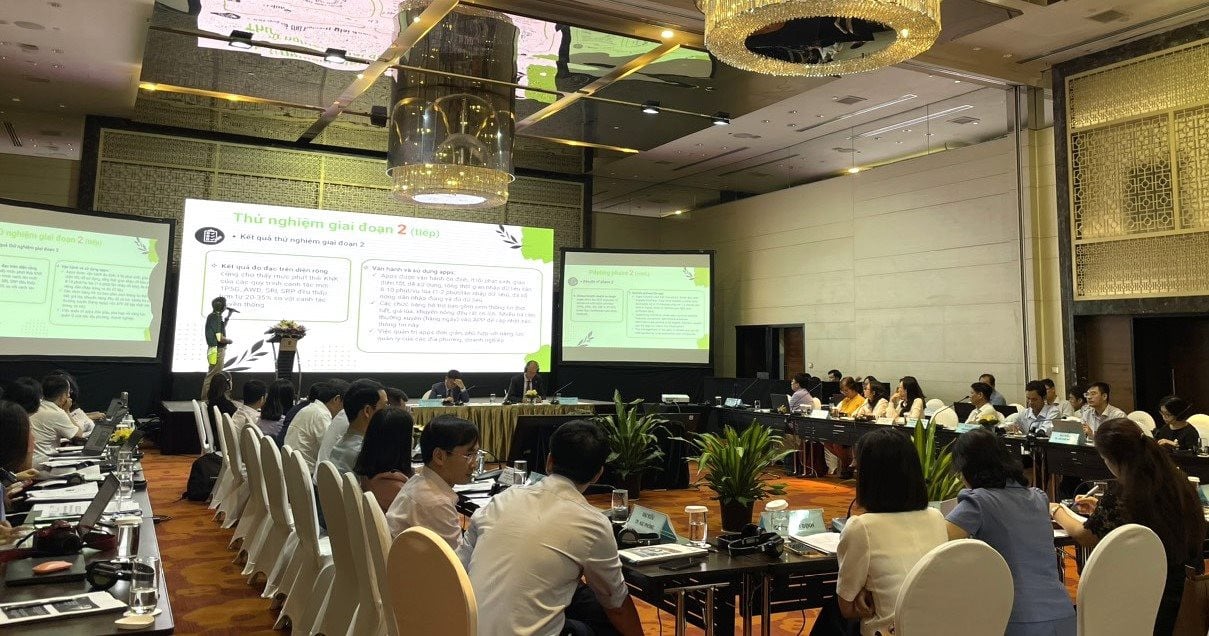
According to Deputy Minister of Agriculture and Rural Development Hoang Trung, digital transformation is an important method to help farmers and businesses produce quality agricultural products at the lowest cost but with the highest profits. This is an objective requirement and the responsibility, obligation, and benefit of the entire system, the industry, businesses, science and technology, and especially farmers.
With the establishment of the Center for Digital Transformation and Agricultural Statistics, in the coming time, the Ministry of Agriculture and Rural Development will unify the organization and implementation of information technology application activities, digital transformation, building and developing e-Government in the Ministry and the whole industry.
At the workshop, delegates discussed the strategic vision for digital transformation in agriculture and rural development; exploiting digital platforms to monitor and track carbon footprints in key export sectors; promoting low-carbon, environmentally friendly supply chains; strengthening coordination between local and central agencies in the digital revolution to protect green and sustainable agricultural activities.
Source


![[Photo] National Assembly Chairman Tran Thanh Man meets with Thai Prime Minister Paetongtarn Shinawatra](https://vphoto.vietnam.vn/thumb/1200x675/vietnam/resource/IMAGE/2025/5/15/e71160b1572a457395f2816d84a18b45)
![[Photo] Prime Ministers of Vietnam and Thailand visit the Exhibition of traditional handicraft products](https://vphoto.vietnam.vn/thumb/1200x675/vietnam/resource/IMAGE/2025/5/15/6cfcd1c23b3e4a238b7fcf93c91a65dd)







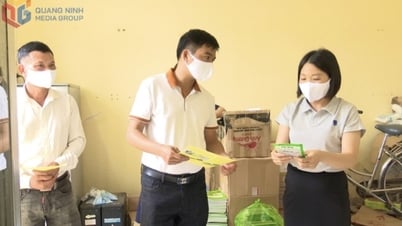
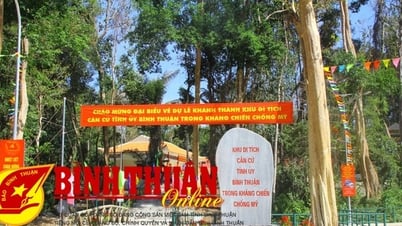

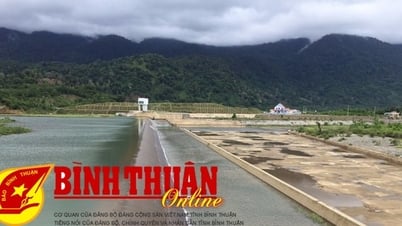


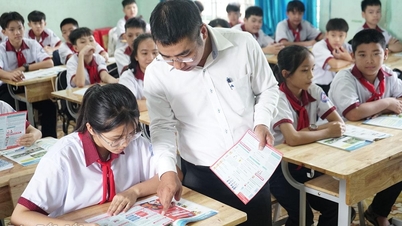

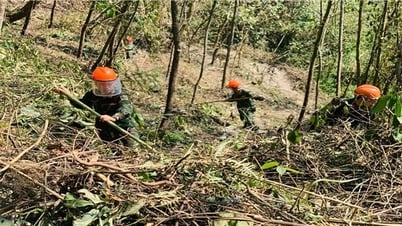
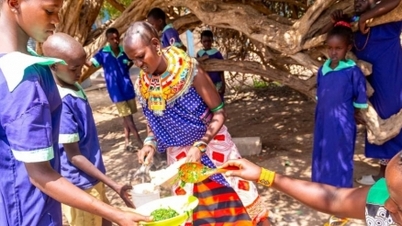

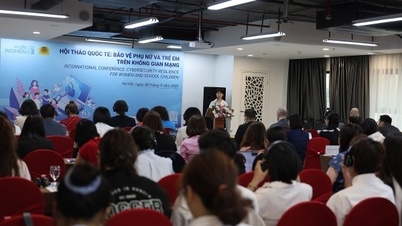





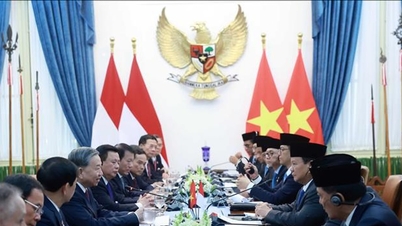

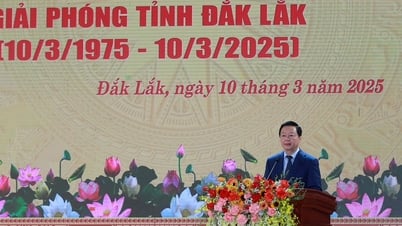
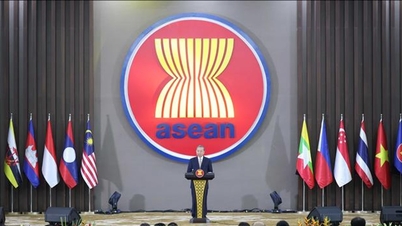








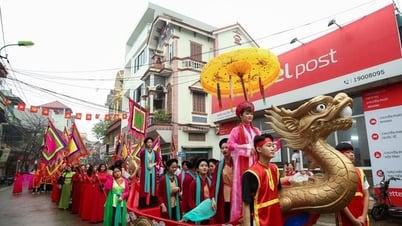






















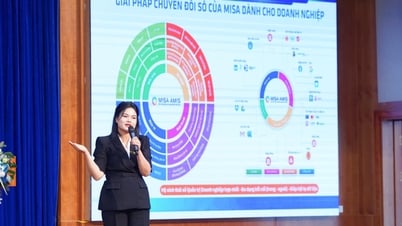



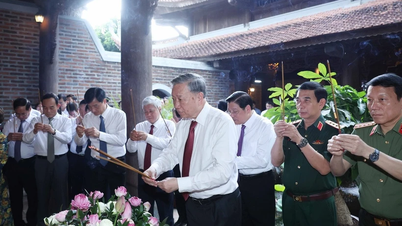
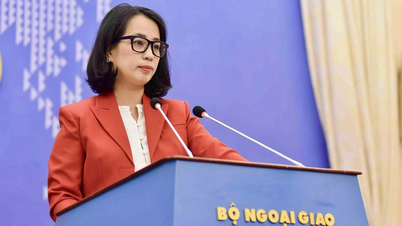

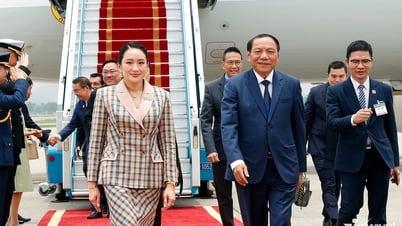
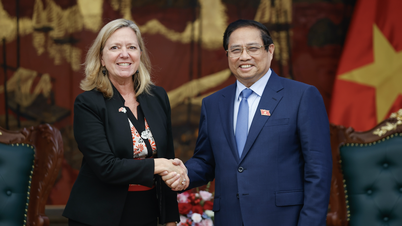





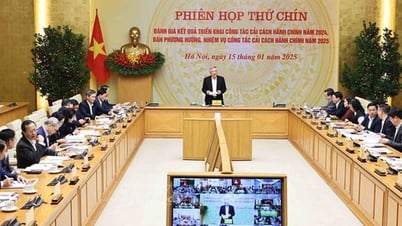
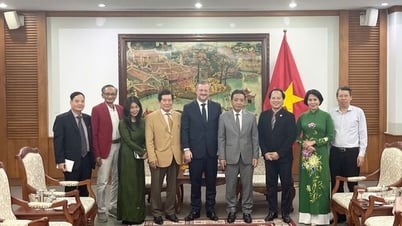
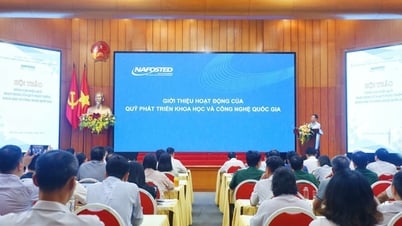

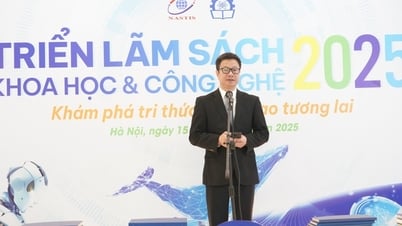







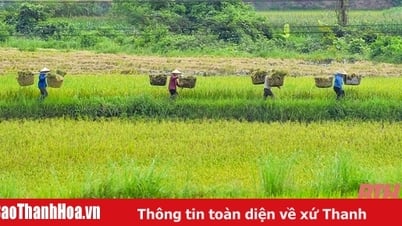



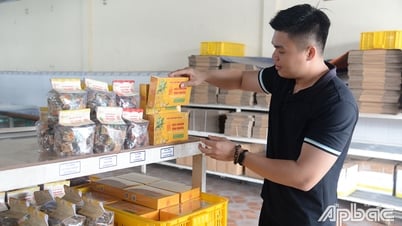

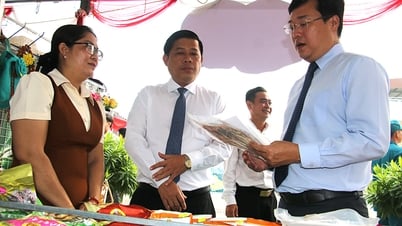
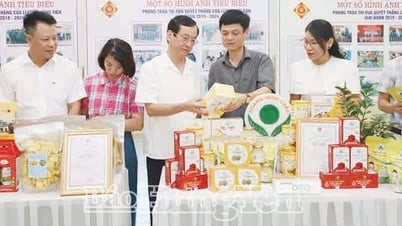

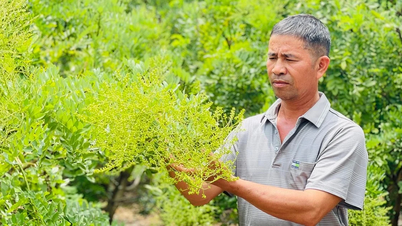
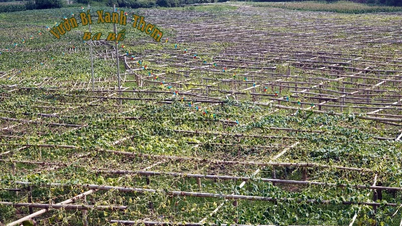

Comment (0)